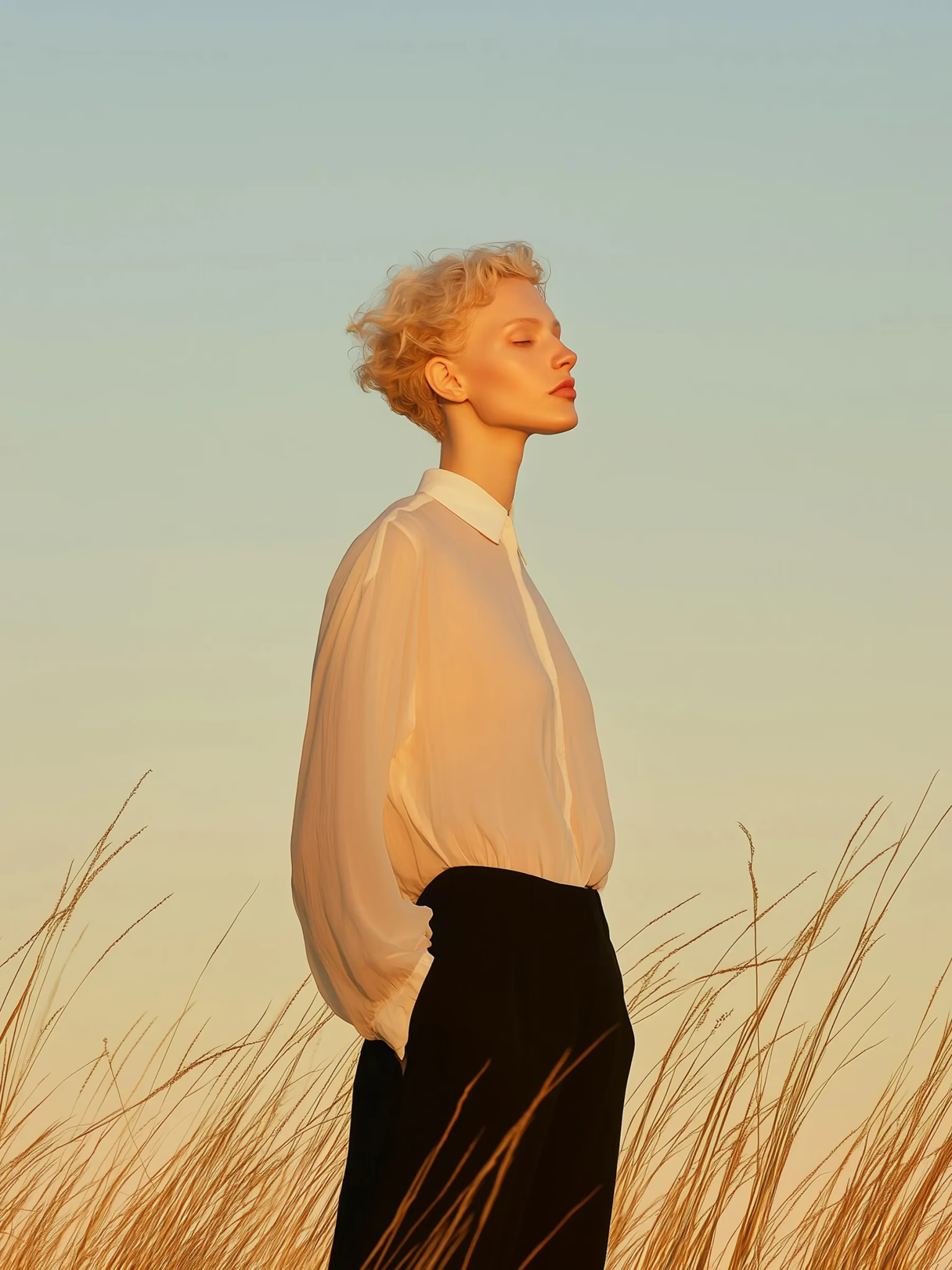
Events
June 7, 2025
The Art of Candid Moments: Creating Authentic Lifestyle Images
Learn how to create versatile, adaptable spaces that meet various needs, optimizing functionality and flexibility in architectural design.
Read ArticleCategory
Events
Reading Time
17 mins
Date
June 7, 2025
Understanding the Power of Storytelling
Photography is more than just taking picturesâ€â€ÂÂÂit's a powerful tool for storytelling. Through the lens, we can convey emotions, narratives, and perspectives that words often struggle to capture. A well-composed photograph can evoke feelings, spark curiosity, and create connections between the viewer and the subject. The challenge, however, lies in telling a story with a single frame or a cohesive series of images.
At the heart of visual storytelling is intention. Before pressing the shutter, it’s essential to understand what you want to communicate. Whether it's capturing the joy in a fleeting moment or the complexity of a scene, the story you want to tell shapes the way you approach your subject. The more clarity you have on your message, the stronger your images will be in resonating with others.
Additionally, storytelling in photography isn’t just about the subjectâ€â€ÂÂÂit’s about how you frame that subject. Lighting, composition, and focus all play critical roles in directing the viewer’s attention to the essence of your narrative. A small detail or an emotion-filled expression can often tell the whole story.
Creating Emotion Through Composition
Composition is key in creating a visual story that resonates emotionally. Every element in a frame contributes to the overall narrative, and the way these elements are arranged impacts how the viewer experiences the photograph. The rule of thirds, leading lines, and framing are all tools that can help guide the viewer’s eye, subtly influencing how they interpret the story.
Using negative space, for example, can evoke feelings of isolation or contemplation, while filling the frame with dynamic movement might create a sense of energy or chaos. It's essential to consider what emotions you want your audience to feel, and to use compositional techniques that reinforce those emotions. A well-composed image doesn’t just showâ€â€ÂÂÂit speaks.
The environment surrounding your subject also plays an integral role in storytelling. Backgrounds, settings, and context help shape the narrative. Whether you're shooting in an urban landscape or natural surroundings, the place you choose tells part of the story. Take the time to consider how these environmental elements contribute to the message you’re trying to convey.
The Importance of Connection
At the core of every great photograph is the connection between the subject, the photographer, and the viewer. This connection is what transforms a simple image into a story that lingers in the mind. Whether you’re shooting portraits, landscapes, or abstract concepts, the relationship between these elements can make or break the story.
Building a rapport with your subject is crucial, especially in portrait photography. When your subject feels comfortable, their emotions and personality shine through naturally, creating a more authentic and compelling narrative. This sense of connection invites the viewer into the image, making them feel like they’re part of the story.
Finally, a connection to the viewer comes from creating photographs that resonate on a personal or universal level. When a photo reflects shared experiences, emotions, or themes, it speaks louder and more effectively. Whether you're capturing joy, sadness, or the beauty of a quiet moment, the viewer should feel a sense of involvement in the story you’ve created.
Copyright © 2025 Bloom Empire. All rights reserved


